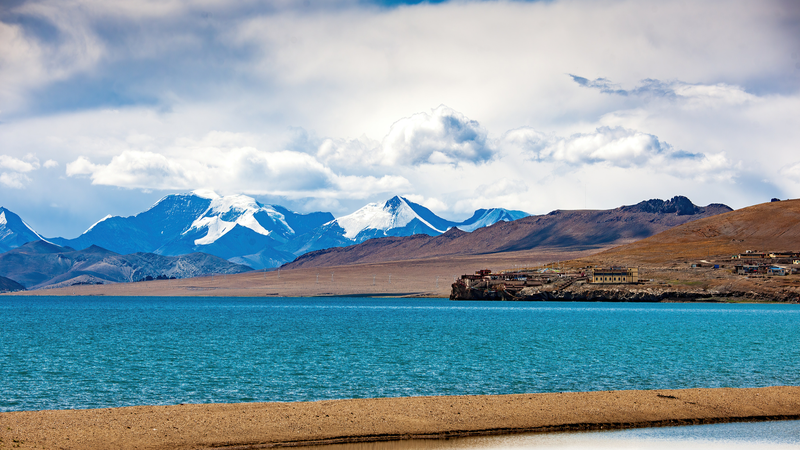Ever wondered what happens to water droplets floating below clouds on a high-altitude plateau? 🌄 A team of Chinese scientists from the Northwest Institute of Eco-environment and Resources under the Chinese Academy of Sciences just filled in that puzzle! 🧩
For years, the Qinghai-Xizang Plateau in the western region of the Chinese mainland has lacked long-term data on below-cloud evaporation—the process where tiny water droplets vanish into thin air before ever reaching the ground. Now, thanks to dedicated monitoring stations and cutting-edge methods, researchers can quantify how much moisture escapes back into the sky. ☁️💧
Why does this matter? The Qinghai-Xizang Plateau—often called the “Roof of the World”—plays a huge role in Asia’s water cycles. Understanding below-cloud evaporation helps scientists predict river flows, manage water resources, and forecast the impacts of global warming. As temperatures rise, even small shifts in evaporation can ripple through the entire hydrological cycle. 📈🌍
Think of it like leveling up in a video game 🎮—scientists can now view hidden stages in the water cycle! NIEER researchers point out that these new findings shed light on how evaporation rates vary with altitude, temperature, and humidity—crucial data for predicting water availability and climate impacts on the plateau.
This milestone study not only deepens our understanding of high-altitude hydrology, but it also sets the stage for more accurate climate models and smarter water management across Asia. Stay tuned as researchers continue exploring the skies above the Qinghai-Xizang Plateau—there’s still plenty of mystery to uncover! 🔍☀️
Reference(s):
Study tracks below-cloud evaporation in Qinghai-Xizang Plateau
cgtn.com




